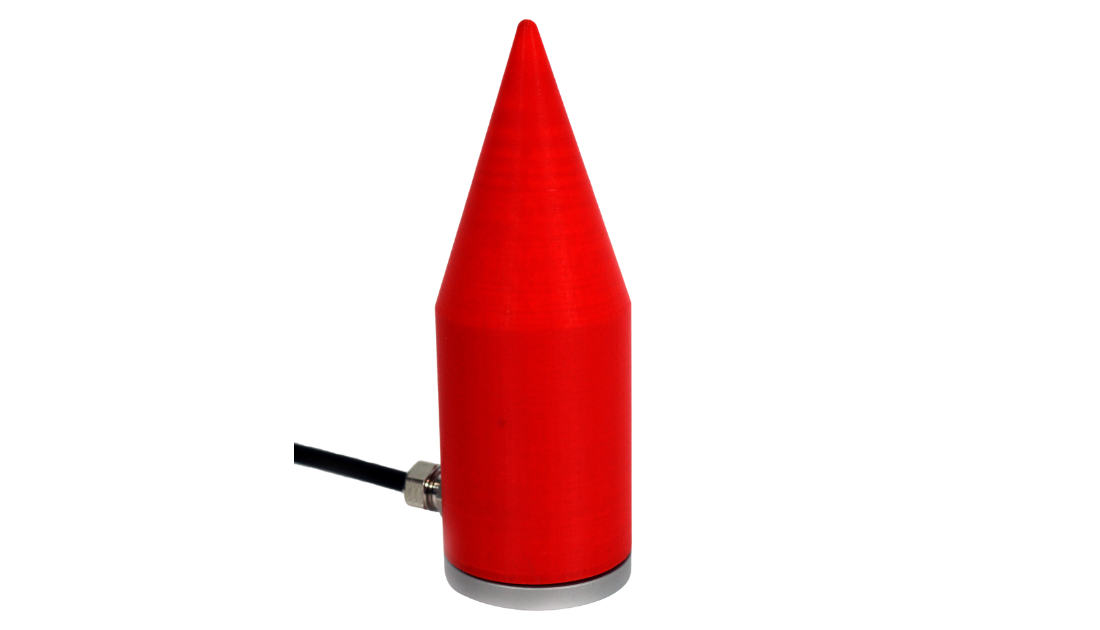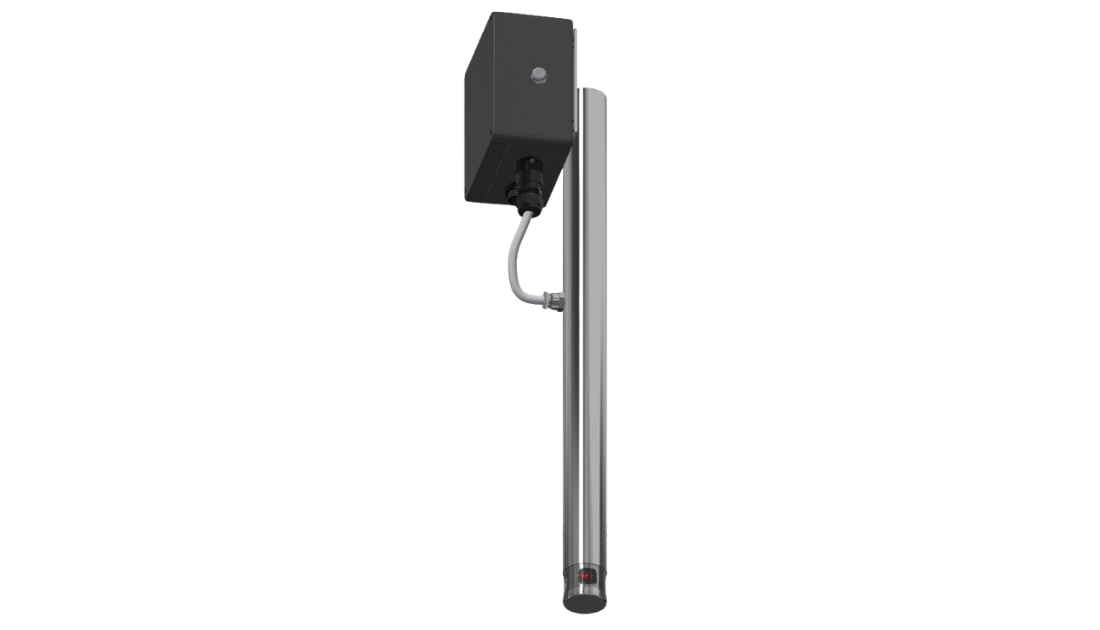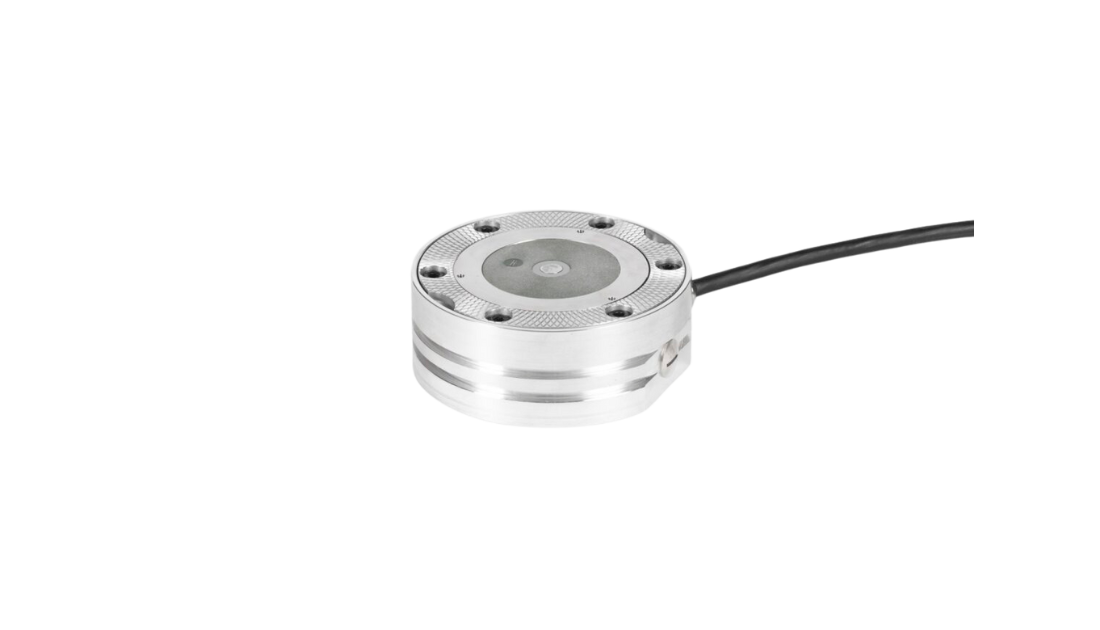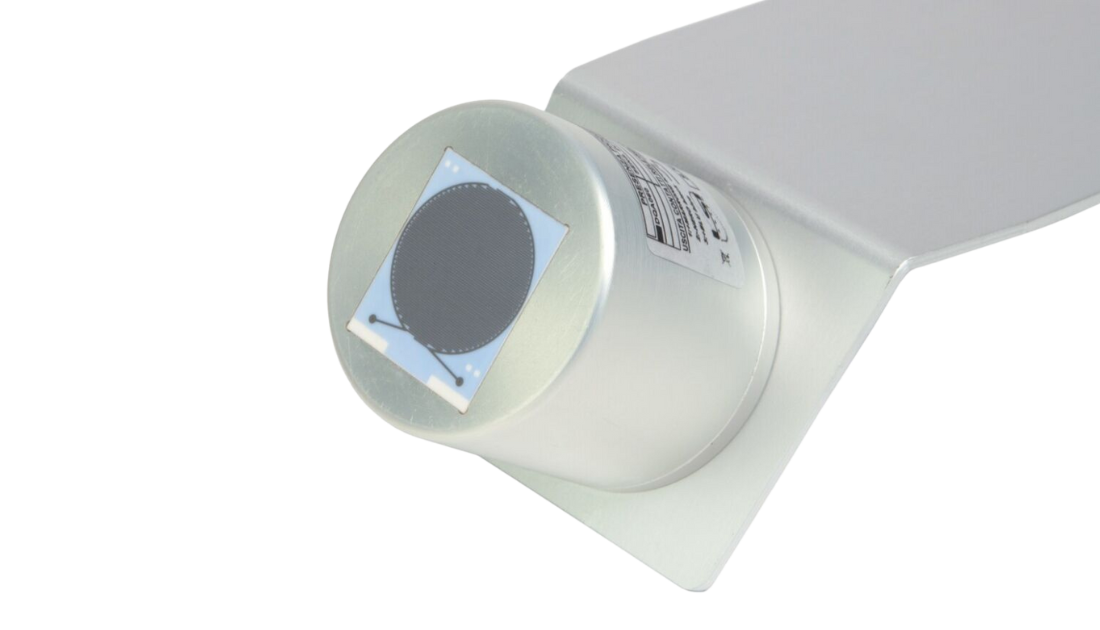Storm front distance
For the measurement of electrical emissions into the atmosphere
Detection of the storm front distance (not lightning strike intensity) within an area of in 5÷40 km range. Utilizing a sensitive RF receiver and integrated proprietary algorithm, all models detect the electrical emissions from lightning activity and then provide for an estimation of the distance to the head of the storm from 40 km away, while rejecting disturbances from manmade signals such as motors and microwave ovens.
The estimated distance which is detected idoes not represent the distance to the single lightning but the estimated distance to the leading edge of the storm.
Storm front distance
Highlights
- It detects electrical emissions from lightning activity and then provides an estimation of the distance to the head of the storm, from 40 km away down to 5 km.;
- It detects cloud flashes to ground and intra-cloud (cloud to cloud) activities;
- The sensor measures distance between itself and storm front;
- Reading of electromagnetic emission from the lightning sparks (typically at 400 KHz);
- Model codes: DQA601.1, DQA601A.3, DQA601.2.
Documents
- DATA SHEETS
- MANUALS
- SCHEMATIC DRAWINGS
- CE
- Description
- Additional information
- Reviews (0)
- DECLARATION OF CONFORMITY
This document is not available for download, please contact our Sales Department.
Description
Storm front distance
Highlights
- It detects electrical emissions from lightning activity and then provides an estimation of the distance to the head of the storm, from 40 km away down to 5 km.;
- It detects cloud flashes to ground and intra-cloud (cloud to cloud) activities;
- The sensor measures distance between itself and storm front;
- Reading of electromagnetic emission from the lightning sparks (typically at 400 KHz);
- Model codes: DQA601.1, DQA601A.3, DQA601.2.
Additional information
| Grandezze | |
|---|---|
| Applications | Agro-meteorology, Airports and roads, Hydrology, Meteo observations, Ports and railways, Renewable energies |
- DATA SHEETS
- MANUALS
- SCHEMATIC DRAWINGS
- CE
- Description
- Additional information
- Reviews (0)
- DECLARATION OF CONFORMITY
This document is not available for download, please contact our Sales Department.
Description
Storm front distance
Highlights
- It detects electrical emissions from lightning activity and then provides an estimation of the distance to the head of the storm, from 40 km away down to 5 km.;
- It detects cloud flashes to ground and intra-cloud (cloud to cloud) activities;
- The sensor measures distance between itself and storm front;
- Reading of electromagnetic emission from the lightning sparks (typically at 400 KHz);
- Model codes: DQA601.1, DQA601A.3, DQA601.2.
Additional information
| Grandezze | |
|---|---|
| Applications | Agro-meteorology, Airports and roads, Hydrology, Meteo observations, Ports and railways, Renewable energies |
Reviews
There are no reviews yet.






Reviews
There are no reviews yet.